By Christopher Miskimon
World War I was only days old when German General of the Infantry Hermann von François went forward to view his soldiers engaged in combat south of Stalluponen in East Prussia. It was August 17, 1914, and the Russians were advancing against the outnumbered Germans. François commanded the I Corps of the German 8th Army, and he decided that he could defeat the larger Russian force with his higher quality troops.
During the battle Francois moved south, where several battalions of the German 2nd Infantry Division under General Adalbert von Falk were engaged near an area known as the Rominte Heath. Russian troops from two different divisions were advancing toward that location. They not only were placing pressure on the Germans but also creating an opportunity by their movement. The two Russian units were from different corps, so they were not acting in a coordinated fashion. Soon a gap several miles wide yawned between the divisions.
Falk had only a regiment’s worth of men available, but he acted aggressively. He marched toward the sound of the guns and counterattacked through the gap. The Germans were soon rampaging behind Russian lines. This was where François found his subordinate, leading an attack against one of the Russian division’s flanks. Dead Russians littered the field interspersed among even more wounded. German troops led Russian prisoners away. A Russian colonel named Komarov, who was badly wounded in the chest, sat in a ditch. François went on as Russian medics tended their officer, who unfortunately died later.
By the end of the day, the outnumbered Germans had driven the Russians back toward their own border, thus achieving victory. The Germans had inflicted 5,000 casualties on the Russians while suffering 1,300 of their own dead and wounded. At least 3,000 more Russians were taken prisoner. It was a lopsided victory won essentially due to the initiative of various German officers and a lack of effective Russian communication.
The Battle of Stalluponen was the opening battle of World War I on the Eastern Front, a theater of that war largely overlooked in the West. Although the importance of the Eastern Front in World War II is now well established, the history of the fighting on that front from 1914 to 1918 is hardly known outside the Battle of Tannenburg. This history is now getting its just due in Collision of Empires: The War on the Eastern Front in 1914 (Prit Buttar, Osprey Publishing, Oxford, U.K., 2014, 472 pp., maps, photographs, notes, bibliography, index, $29.95, hardcover).
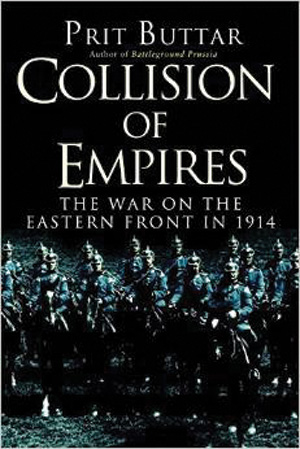 The story of the Eastern Front involved the three largest empires in Europe: Russia, Germany, and Austria-Hungary. The three empires had gone to war through a complex web of alliances and agreements. These treaties not only pulled their nations into war but also eventually involved the rest of the world’s major powers in what became a global conflict. Each sought to gain advantage from what was expected to be a short war and later became badly drained by the lengthy confrontation.
The story of the Eastern Front involved the three largest empires in Europe: Russia, Germany, and Austria-Hungary. The three empires had gone to war through a complex web of alliances and agreements. These treaties not only pulled their nations into war but also eventually involved the rest of the world’s major powers in what became a global conflict. Each sought to gain advantage from what was expected to be a short war and later became badly drained by the lengthy confrontation.
The vast spaces of the East meant the war remained one of maneuver; neither side could have manned the number of trenches that would have been needed. The battles of this first year of the war proved crucial. After the relatively small opening at Stalluponen came the bloody battles of the Masurian Lakes and Tannenburg. The Russians fought the Austrians in Galicia. Meanwhile, the German drive toward Warsaw stalled. The year also saw horrible fighting in the Carpathian Mountains. All three empires had made great plans for the war, but by the end of 1914 these hopes were dashed by the realities of 20th-century warfare. None had been able to land the truly decisive blow they sought.
The battles in this book deserve books of their own; nevertheless, the author does an excellent job giving summaries of the fighting while simultaneously including enough detail to stimulate the reader’s interest in each. His analysis is insightful, drawn from numerous sources woven together into a narrative that is easy to follow even if one knows little about this theater of the war. There is a useful list of key commanders at the beginning of the book that serves as a ready reference.
The centennial of World War I is under way, and authors around the globe are writing many new books about the war. This book certainly ranks among the best of them. It provides an effective introduction to a part of the war few English language readers know about. Relatively little has been published in English on the Eastern Front, and with this new work the author has established himself as an expert on the subject.
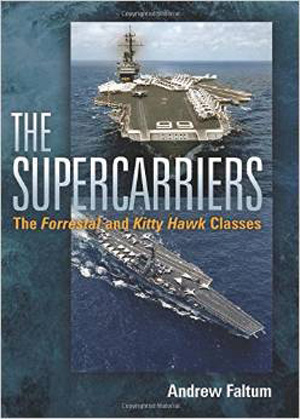 The Supercarriers: The Forrestal and Kitty Hawk Classes (Andrew Faltum, Naval Institute Press, Annapolis, MD, 2014, 288 pp,, maps, photographs, appendices, glossary, notes, bibliography, index, $42.95, hardcover)
The Supercarriers: The Forrestal and Kitty Hawk Classes (Andrew Faltum, Naval Institute Press, Annapolis, MD, 2014, 288 pp,, maps, photographs, appendices, glossary, notes, bibliography, index, $42.95, hardcover)
One of the most ubiquitous symbols of the Cold War was an American aircraft carrier. Whenever the interests of the United States were threatened or conflict loomed, one could be sure a carrier task force was steaming close by. If a shooting war broke out with U.S. troops involved, several carriers would be offshore, bombing enemy targets and fighting to achieve air superiority over any opponents.
All the carriers built after World War II were supercarriers. They were vastly larger than anything left over from that conflict. Supercarriers were built to be floating cities capable of sustaining themselves for extended periods and able to handle the new, larger jet aircraft with ease. The eight ships of the Forrestal and Kitty Hawk classes, almost identical to each other, served for decades, taking part in numerous deployments and showing the U.S. flag around the world.
The strength of this book is in the author’s ability to take technical subjects and describe them in an easy to understand way, thus enabling readers with little knowledge of naval and aviation matters to follow his descriptions and explanations. At the same time, the author’s attention to detail should satisfy even readers who served aboard one of these mighty vessels. Each chapter covers significant events in the histories of these ships, from their conception in the early days of the atomic era to their eventual retirement in the post-Cold War period. By the time they were finally replaced altogether by the even larger nuclear-powered ships of the Nimitz class, they had given more than a half century of service to the Navy and the United States.
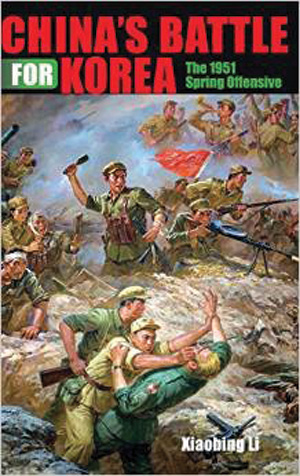 China’s Battle for Korea: The Spring 1951 Offensive (Xiaobing Li, Indiana University Press, Bloomington, 2014, 424 pp., maps, photographs, notes bibliography, index, $45, hardcover)
China’s Battle for Korea: The Spring 1951 Offensive (Xiaobing Li, Indiana University Press, Bloomington, 2014, 424 pp., maps, photographs, notes bibliography, index, $45, hardcover)
On April 22, 1951, China launched its largest and most vital offensive of the Korean War. It involved more than 700,000 troops with 33 infantry and four artillery divisions. This juggernaut pushed south with the goal of decisively defeating the American-led U.N. forces and ending the conflict. Those forces resisted, applying mass firepower; one Chinese soldier called the American artillery barrages “fire walls” and said they were so heavy that they could stop an attack cold. Eventually, the Chinese assault was stopped, the South Korean capital of Seoul was successfully defended, and Chinese troops were forced back to the northern side of the 38th Parallel. The defeat compelled Chinese leaders to enter negotiations rather than pursue total victory.
The author has written widely on the Korean War, and his expertise shows in this detailed study of the Chinese military. Little has been published in English about the Chinese point of view and their decision-making processes; this book goes a long way toward redressing that imbalance. The author uses Chinese archival material extensively, as well as American and other accounts, to present a balanced presentation of the Korean War.
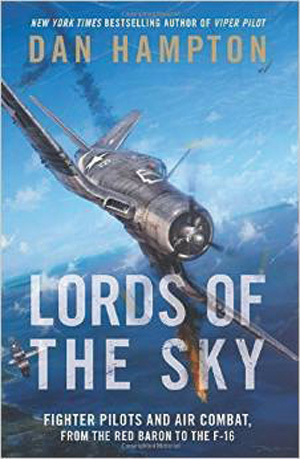 Lords of the Sky: Fighter Pilots and Air Combat, From the Red Baron to the F-16 (Dan Hampton, William Morrow Publishers, New York, 2014, 623 pp., maps, photographs, appendices, glossary, notes, bibliography, index, $29.99, hardcover)
Lords of the Sky: Fighter Pilots and Air Combat, From the Red Baron to the F-16 (Dan Hampton, William Morrow Publishers, New York, 2014, 623 pp., maps, photographs, appendices, glossary, notes, bibliography, index, $29.99, hardcover)
The history of fighter aircraft and those who flew them is now a century old. From the first scout-fighter planes of World War I to the supersonic technological wonders of the 21st century, the fighter has evolved from an adjunct reconnaissance asset to a major element of a nation’s combat power.
Hampton is a retired fighter pilot who brings his expertise to his writing. From tales of the Red Baron to Lidiya Litvyak, the world’s first female fighter ace, through to the pilots who dropped their ordnance on Saddam Hussein’s Iraq, their stories are blended in with the wider picture of the wars in which they fought. This gives the book a well-rounded flavor, allowing the reader to understand how the battle in the skies of a given war fits into the larger conflict as a whole.
One item of note is the consistency of the fighter pilot over time. In terms of technology, aircraft have come a long way in a century from open-cockpit, propeller-driven biplanes to modern jets that could not even stay aloft without complicated electronics. Some modern aircraft would be practically unrecognizable to a World War I-era pilot. Those pilots are much the same type of person regardless of time, though. Most are cocky, aggressive, and confident whatever the age.
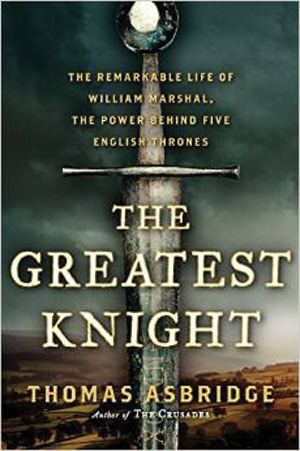 The Greatest Knight: The Remarkable Life of William Marshal, the Power Behind Five English Thrones (Thomas Asbridge, Harper Collins Publishing, New York, 2014, 432 pp., illustrations, appendices, index, $27.99, hardcover)
The Greatest Knight: The Remarkable Life of William Marshal, the Power Behind Five English Thrones (Thomas Asbridge, Harper Collins Publishing, New York, 2014, 432 pp., illustrations, appendices, index, $27.99, hardcover)
In 1861 a French scholar went to an auction and bid on an old manuscript described as a Norman-French chronicle in English Affairs. It fascinated him, but he was outbid. Twenty years later he tracked down the buyer’s estate and found the manuscript. It turned out to be a biography of William Marshal, one of England’s most famous knights. It was a priceless opportunity to learn about a pivotal figure in both British and European history.
Marshal’s father had condemned him to the gallows at the age of five when he was caught on the wrong side of a civil war. Surviving that experience, he went on to become a leading retainer to numerous rulers, coming through a critical phase of English history as that nation began emerging from the tumultuous Middle Ages. He served both Richard the Lionheart and his brother John and was witness to the survival of the Angevin-Plantagenet dynasty. In 1217 Marshal was present at the signing of the Magna Carta.
This turbulent period of history is well covered by Asbridge, who has written several books on the Crusades. He describes in vivid detail the momentous events Marshal witnessed and took part in, artfully weaving Marshal’s role in each of the events. The book offers a deep look into the realities of the Age of Chivalry.
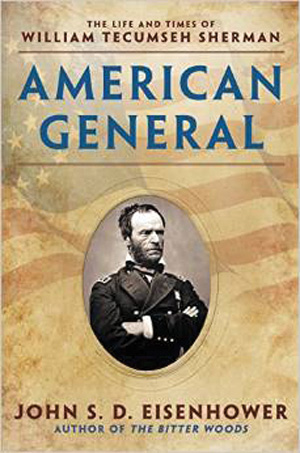 American General: The Life and Times of William Tecumseh Sherman (John S.D. Eisenhower, NAL Caliber, New York, 2014, 368 pp., maps, illustrations, appendices, notes, bibliography, index, $28.95, hardcover)
American General: The Life and Times of William Tecumseh Sherman (John S.D. Eisenhower, NAL Caliber, New York, 2014, 368 pp., maps, illustrations, appendices, notes, bibliography, index, $28.95, hardcover)
Major General William T. Sherman remains a complicated and fascinating historical figure. Born in Ohio, he entered the U.S. Military Academy at West Point in 1836. While at West Point his peers did not respect him because he did not display the grooming and manners that the majority exhibited. Nevertheless, he graduated sixth in the class of 1840. After a brief stint in the army, he resigned and attempted to go into business. Attempts at both banking and law met with little success. He later became superintendent of a school in Louisiana. When the Civil War broke out, he resigned his position and went north to seek a commission in the Union Army.
Once in that army, he served in numerous positions, not always successfully. In time, though, his dedication, skill, and loyalty brought him to the highest ranks of the army, both during the war and after. His famed March to the Sea is still studied as one of the first examples of modern war. Historian B.H. Liddell Hart called him the first modern general. His legacy is largely as a skilled but harsh leader who did what he had to do to achieve victory.
This is hardly the first biography of Sherman, but it is a joy to read. The author has a simple style that drives the narrative. Published after the author’s passing, it nevertheless confirms his standing as one of America’s great military historians and writers.
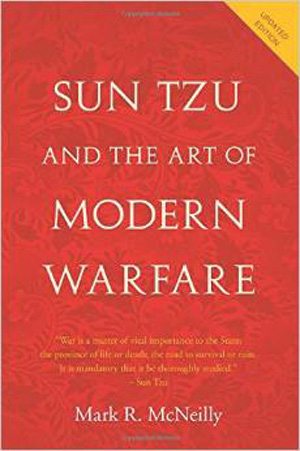 Sun Tzu and the Art of Modern Warfare (Mark R. McNeilly, Oxford University Press, Oxford, UK, 2014, 328 pp., maps, diagrams, notes, bibliography, index, $24.95, softcover)
Sun Tzu and the Art of Modern Warfare (Mark R. McNeilly, Oxford University Press, Oxford, UK, 2014, 328 pp., maps, diagrams, notes, bibliography, index, $24.95, softcover)
The military writings of Sun Tzu have been evaluated and re-evaluated many times until they have become almost a cliché. They are touted as the perfect strategy for everything from running a business to one’s own life. One question rarely answered when applying them to their originally intended field of warfare is how to apply them usefully in the real world on an actual battlefield. When answered, the example used is often a battle like Cannae; a timeless example to be sure, but not one always relevant to modern conflicts.
This new work strives to correct that, applying Sun Tzu’s writings to modern battles, including some very recent ones modern readers will find familiar. Stalingrad, Desert Storm, Sherman’s March to the Sea, and Kursk are all used to exemplify how concepts recorded millennia ago in China can be thoughtfully and effectively employed on battlefields using weapons Sun Tzu likely never imagined.
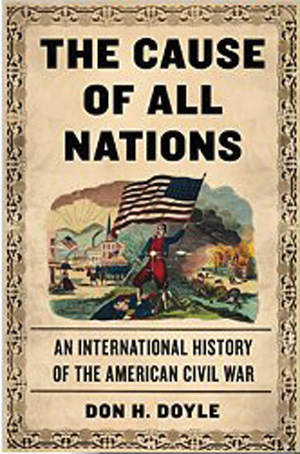 The Cause of All Nations: An International History of the American Civil War (Don H. Doyle, Basic Books, New York, 2015, 382 pp., illustrations, notes, index, $29.99, hardcover)
The Cause of All Nations: An International History of the American Civil War (Don H. Doyle, Basic Books, New York, 2015, 382 pp., illustrations, notes, index, $29.99, hardcover)
The American Civil War had worldwide consequences. Democracy struggled or had failed entirely in other nations, and many observers watched to see how it would fare as the United States descended into rebellion and conflict. Agents of both the Union and Confederacy worked abroad to gain support for their respective causes by appealing to the ideals of Republican liberties or aristocratic distrust of what the United States represented.
The various foreign powers had their own ideas as well. Some abhorred the war while other reveled in it. There were even plans to take advantage of the chaos and restore old territorial holdings in the Americas. The South sought support and recognition while the North aimed to keep any European nations from interfering, even by threatening war. When President Abraham Lincoln issued the Emancipation Proclamation, the situation abroad began to lean toward the Union. The upshot was that intervention on behalf of the Confederacy would be equivalent to support of the institution of slavery.
This work forcefully and effectively argues that the American Civil War had lasting importance not only for the United States, but also the wider world. Its points are made cogently, clearly, and with a sense of the international situation in the 1860s.
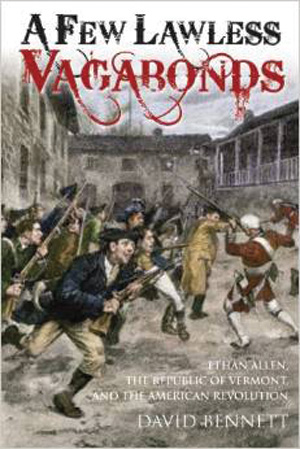 A Few Lawless Vagabonds: Ethan Allen, the Republic of Vermont, and the American Revolution (David Bennett, Casemate Publishers, Havertown PA, 2014, 336 pp., maps, illustrations, notes bibliography, index, $32.95, hardcover)
A Few Lawless Vagabonds: Ethan Allen, the Republic of Vermont, and the American Revolution (David Bennett, Casemate Publishers, Havertown PA, 2014, 336 pp., maps, illustrations, notes bibliography, index, $32.95, hardcover)
A relatively unknown aspect of the American Revolution is Vermont’s consideration of returning to British dominion as a quasi-independent state. Vermont was determined not to be dominated by any power outside of its borders, whether British or American. During the war Ethan Allen actively strived to achieve this goal by combat or negotiation as circumstances dictated. Allen nominally betrayed the nascent U.S. government by negotiating in secret with the British. It was a complex situation during a difficult and chaotic period of American history. In the end, the U.S. government succeeded, and Vermont became the 14th state less than a decade after the war.
Ethan Allen is generally portrayed as one of America’s first heroes, but this new study characterizes the man as more of an ardent patriot for Vermont. The author effectively makes his case using multiple archival resources that produce an engaging look not only at the fighting in and around Vermont, but also the little-known negotiations with the English Crown.
 Russia’s War in Chechnya 1994-2009 (Mark Galeotti, Osprey Publishing, Oxford, UK, 2014, 96 pp., maps, photographs, bibliography, index, $20.95, softcover)
Russia’s War in Chechnya 1994-2009 (Mark Galeotti, Osprey Publishing, Oxford, UK, 2014, 96 pp., maps, photographs, bibliography, index, $20.95, softcover)
The breakup of the Soviet Union led to numerous problems within its former borders. Chechnya had long been problematic for Russia, and in the mid-1990s the nation made a bid for independence. Russia could not allow this, and so began a decade and a half of conflict that has not yet ended. The Russians invaded in late 1994 only to meet defeat due to poor planning and preparation. Learning their lessons, the Russians stayed in the fight, which became a brutal struggle containing all of the horrors of a protracted insurgency. With dogged persistence, though, Russia eventually was able to gain a victory of sorts, though at a fearful cost.
This title is part of Osprey’s Essential Histories, which provide the reader with summaries of wars through a wide perspective, including military, political, and cultural points of view. Vignettes are included showing individual experiences of the conflict. The book gives readers a general overview of one of the more significant and pitiless wars of recent history.
Short Bursts
As the 200th anniversary of the War of 1812 draws to a close, here are some books that offer a better understanding of that conflict.
Native Memoirs of the War of 1812: Black Hawk and William Apess (Carl Benn, John Hopkins University Press, 2014, $$29.95, softcover) This work explores the writings of two Native Americans who participated in the conflict.
1812: The Navy’s War (George C. Daughan, Basic Books, 2014, $19.99, softcover) The nascent U.S. Navy made a tremendous showing against the Royal Navy at the war’s beginning. This work tells the story of how it accomplished this despite long odds.
William Henry Harrison and the Conquest of the Ohio Country: Frontier Fighting in the War of 1812 (David Curtis Skaggs, John Hopkins University Press, 2014, $44.95, hardcover) Harrison fought an almost constant fight in the western United States against both British and Native American forces. His eventual victory was crucial to his successful campaign for the U.S. presidency.
Broke of the Shannon and the War of 1812 (Tim Voelcker, Naval Institute Press, 2013, $38.95, hardcover) Captain Phillip Broke restored the morale of the Royal Navy by defeating the USS Chesapeake. Badly wounded during the June 1, 1813, naval battle, he went on to establish a school of naval gunnery. Donald Graves’s trilogy gives great insight into the War of 1812 along the Canadian-American border:
Field of Glory: The Battle of Crysler’s Farm, 1813 (Donald E. Graves, Robin Brass Studio, 2011, $27.95, softcover) The largest operation of the war was the U.S. invasion of Canada, which had the ultimate goal of capturing Montreal. The campaign’s outcome was decided at Crysler’s Farm on November 11, 1813.
Where Right and Glory Lead! The Battle of Lundy’s Lane, 1814 (Donald E. Graves, Robin Brass Studio, 2014, softcover) This was the bloodiest battle of the War of 1812. Which side won is still a matter of argument to this day.
And All Their Glory Past: Fort Erie, Plattsburgh and the Final Battles in the North, 1814 (Donald E. Graves, Robin Brass Studio, 2013, softcover) The final installment of Graves’ trilogy covers in detail the final battles along the Canadian border that had a telling effect on the war’s outcome.
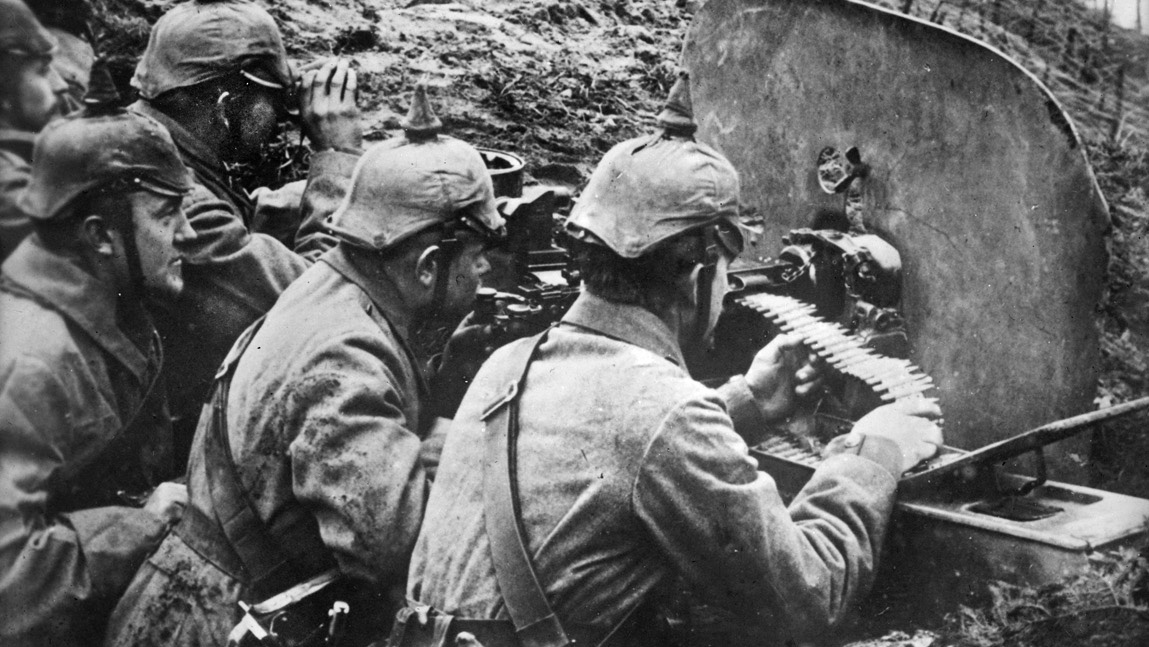
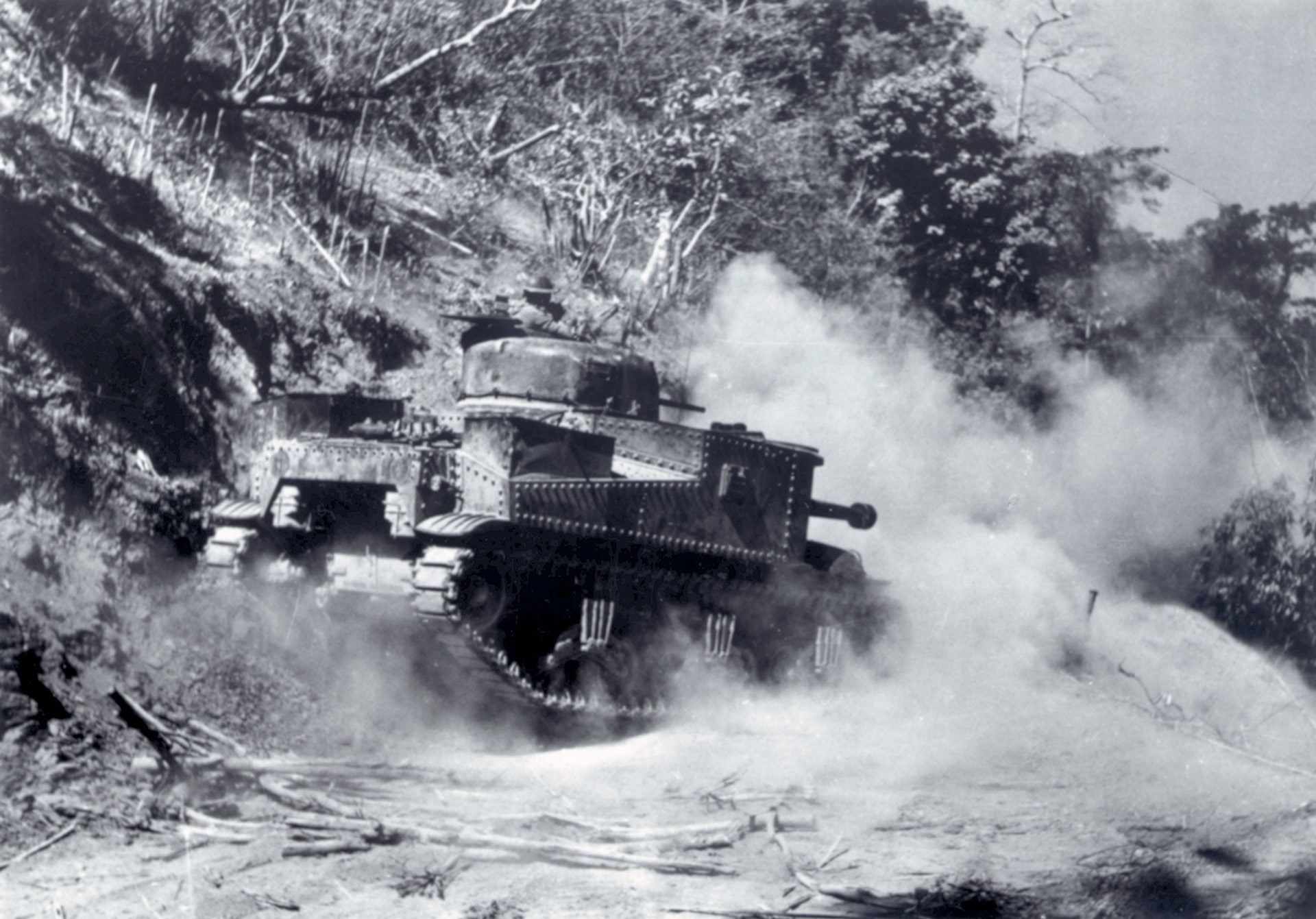
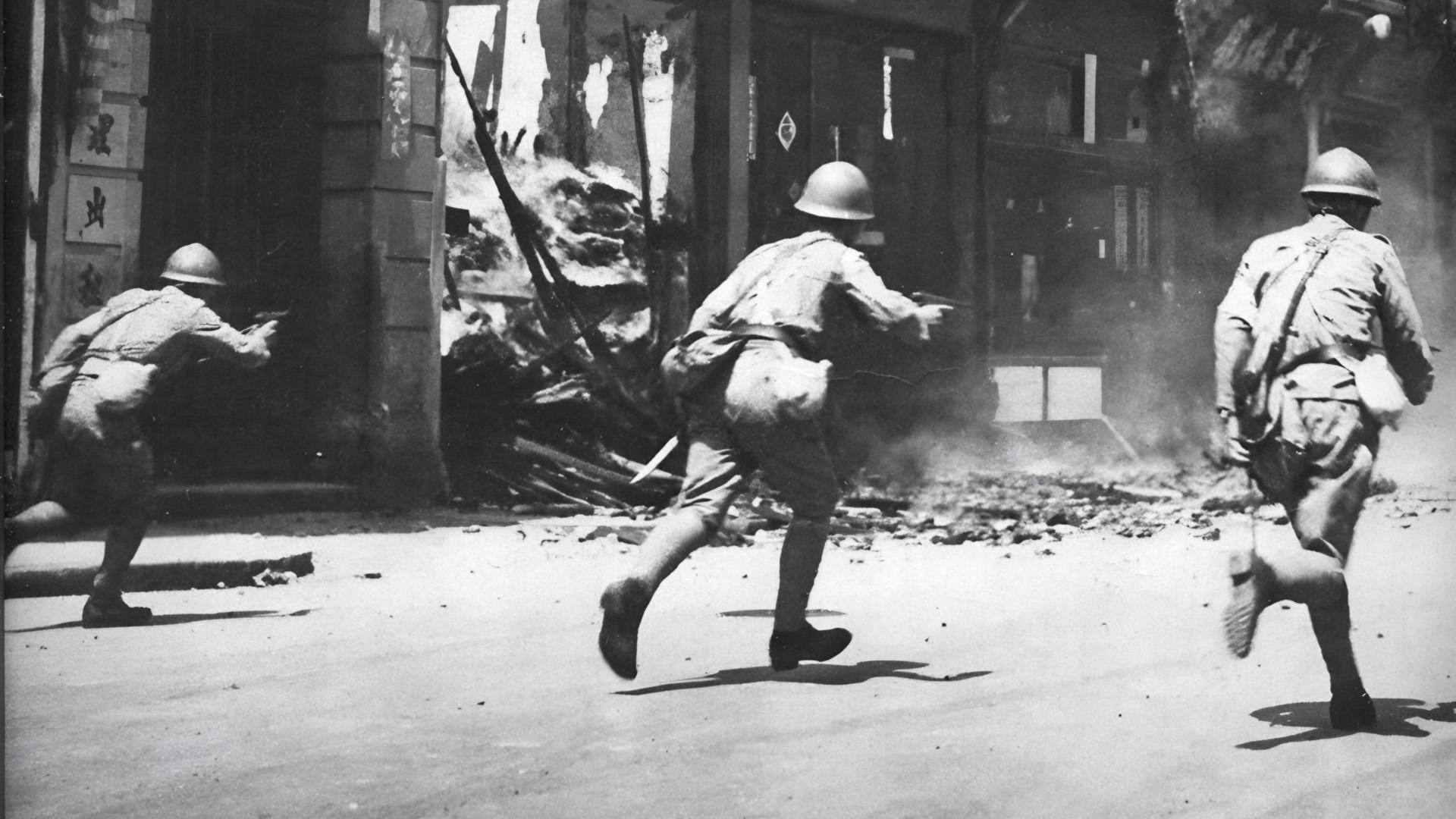
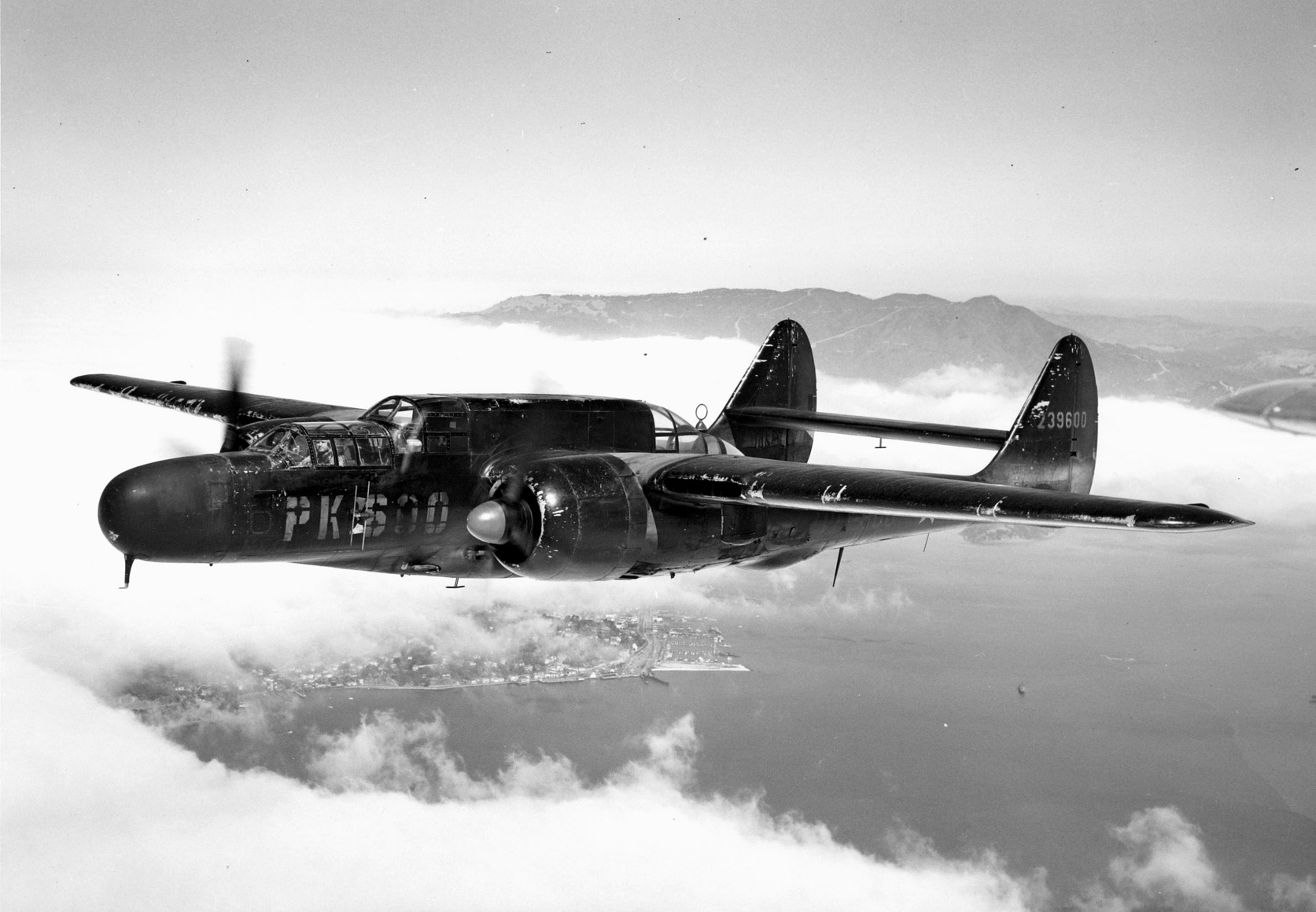
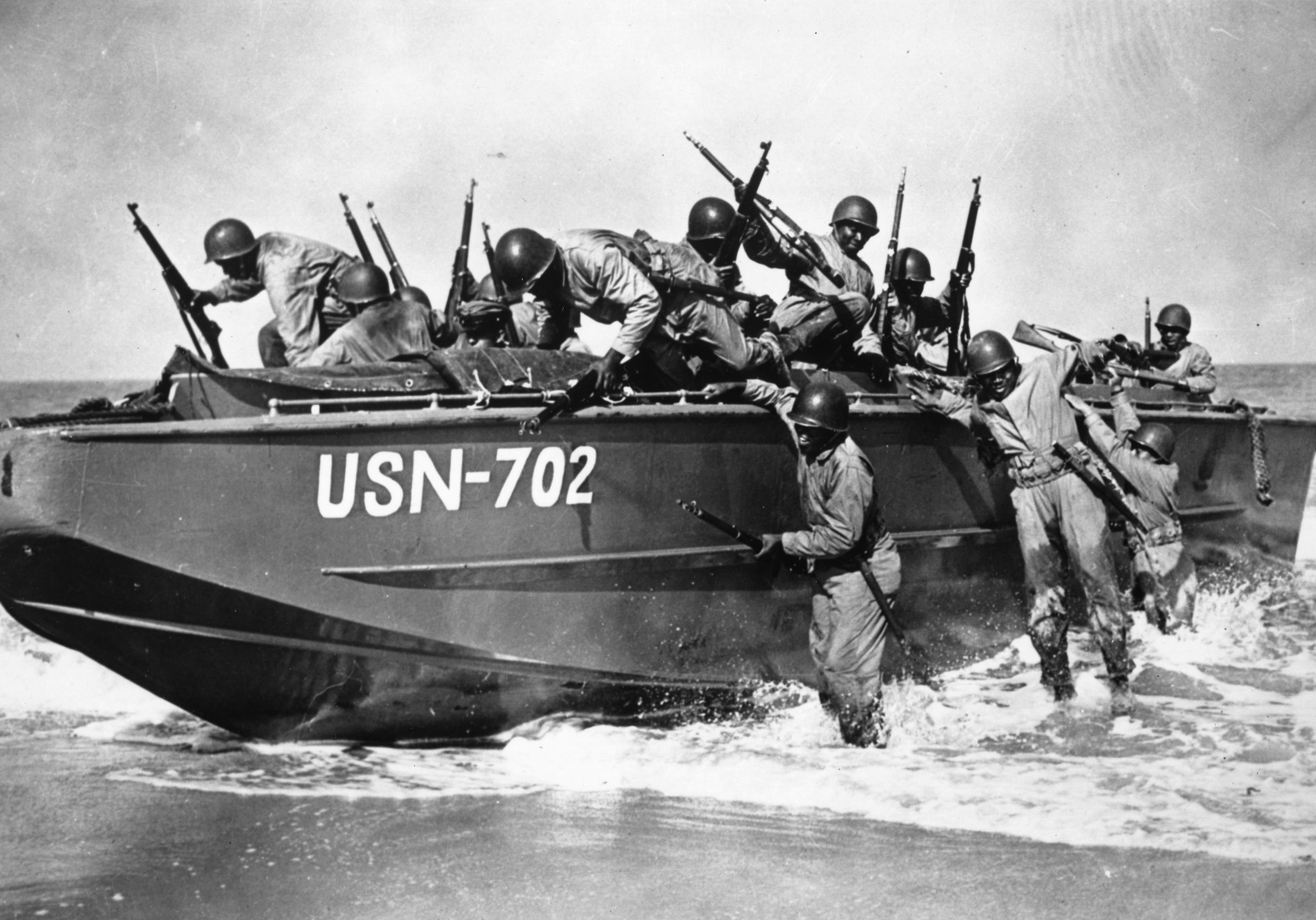
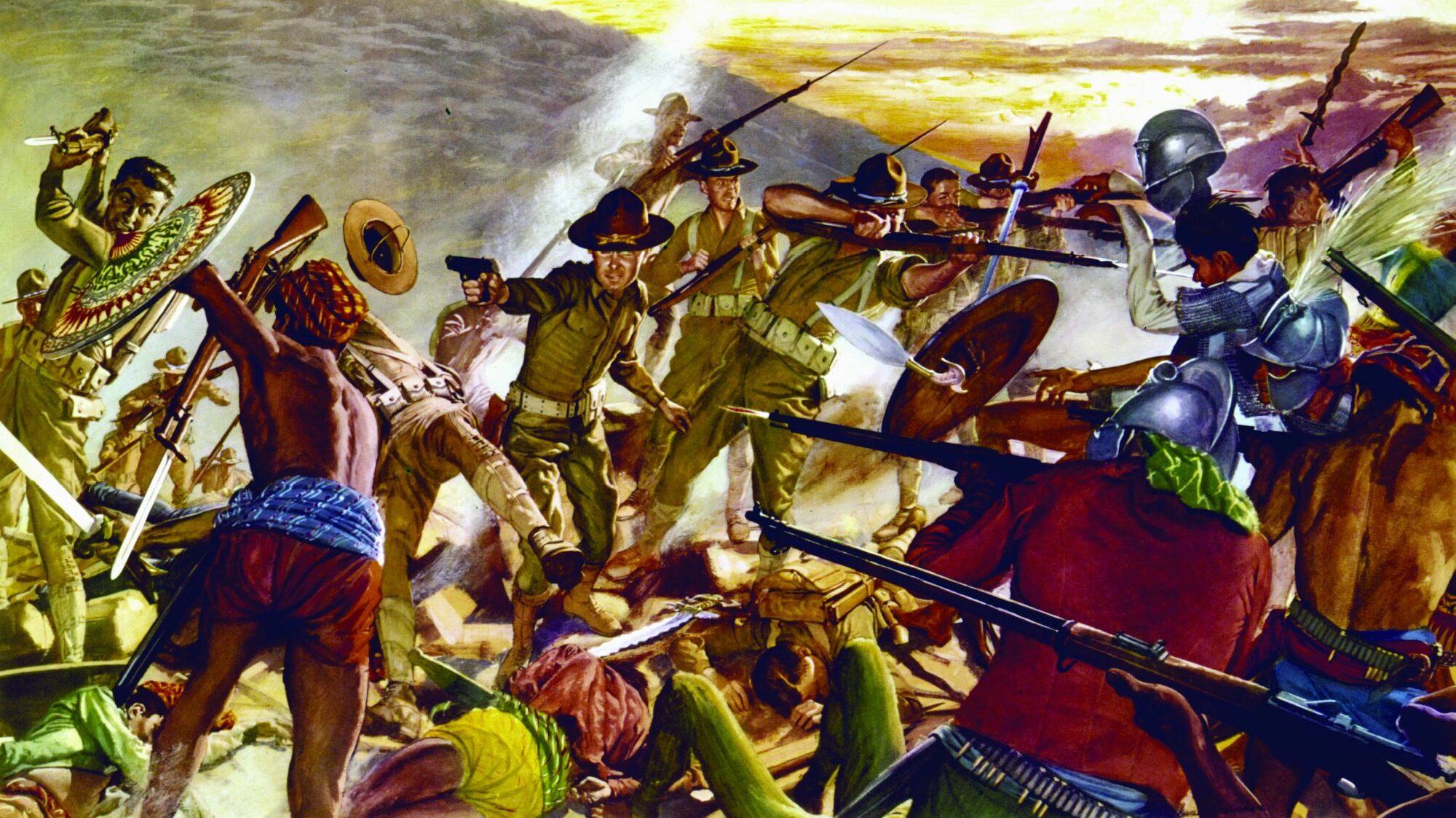
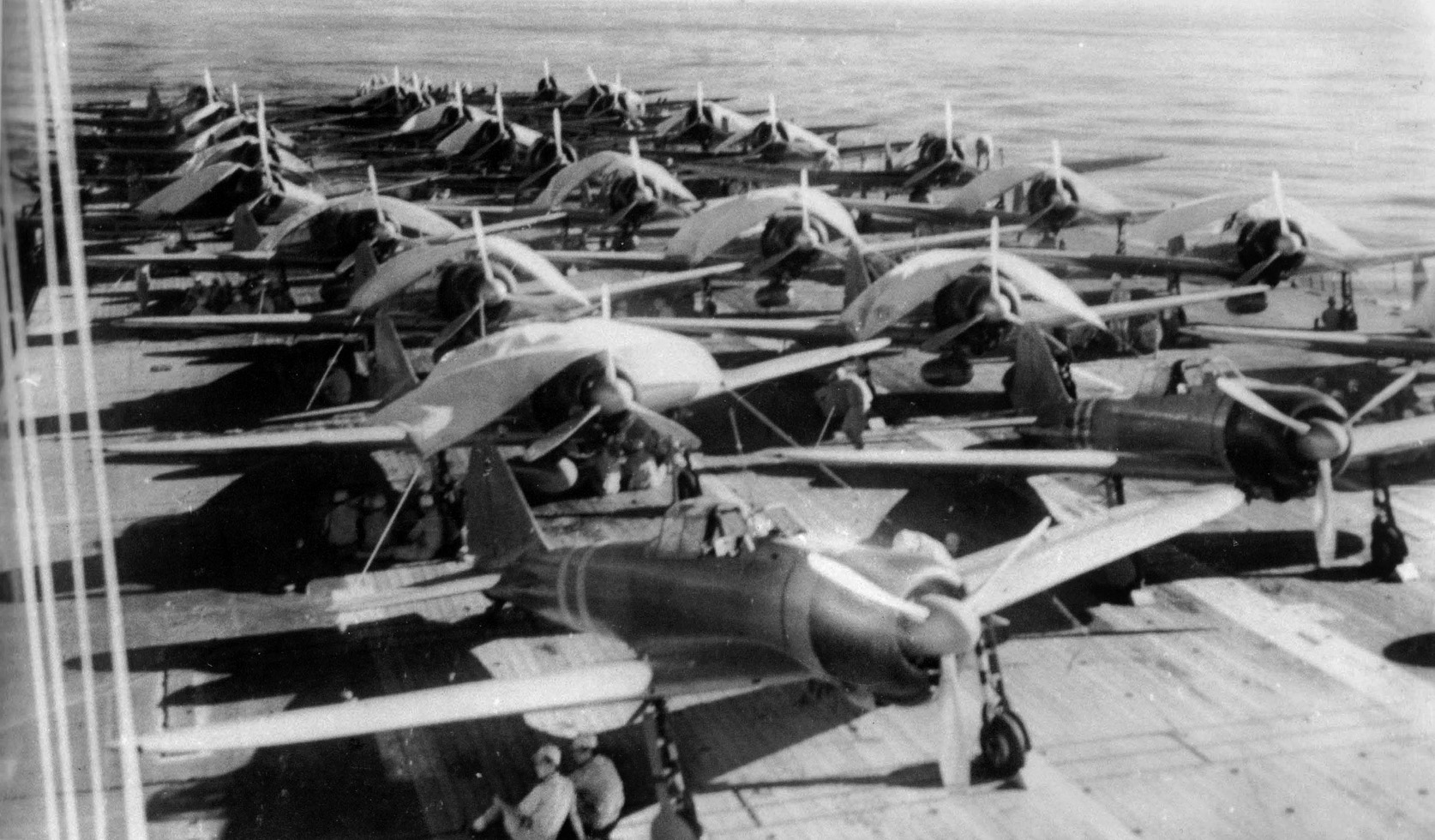
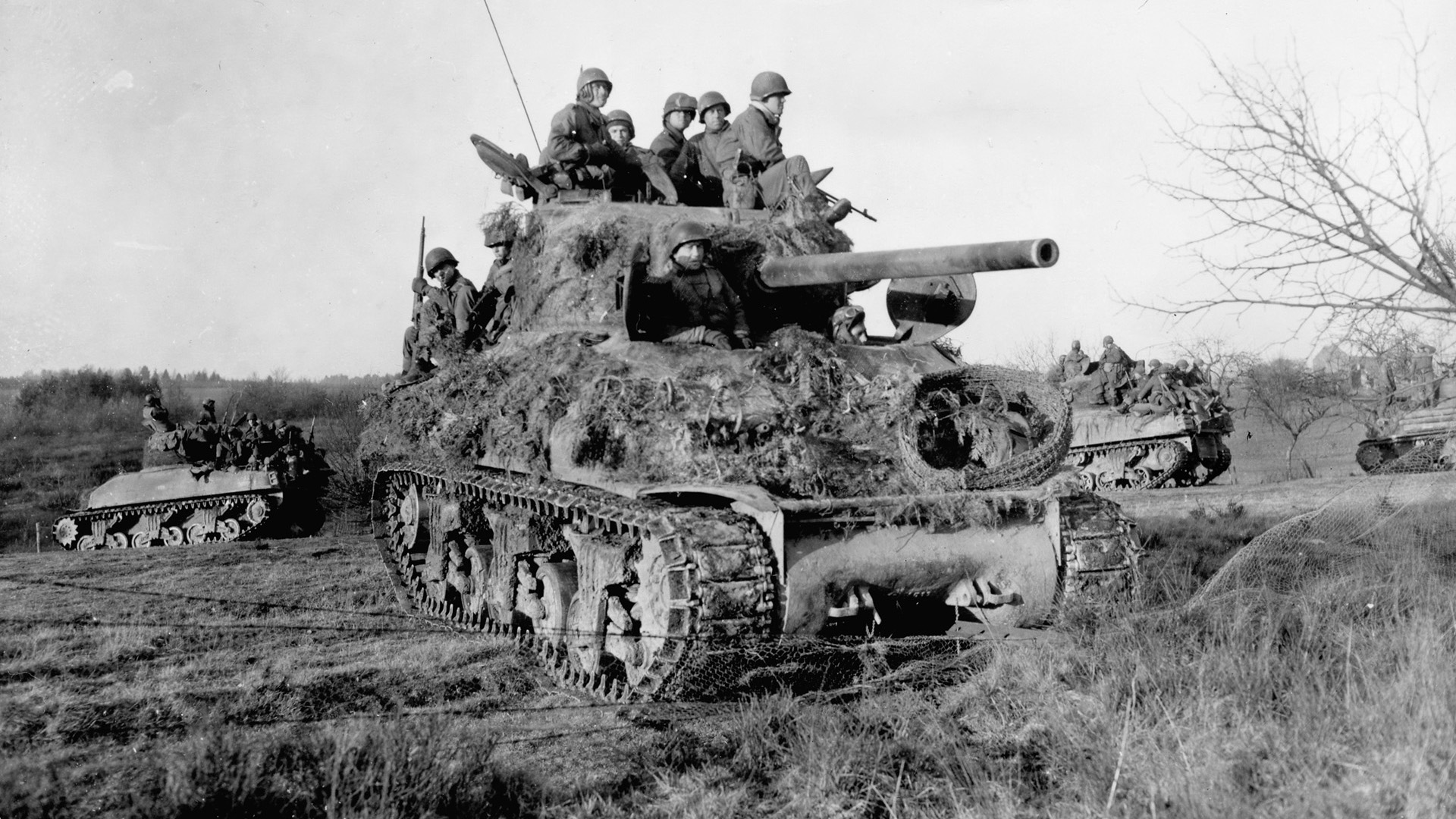
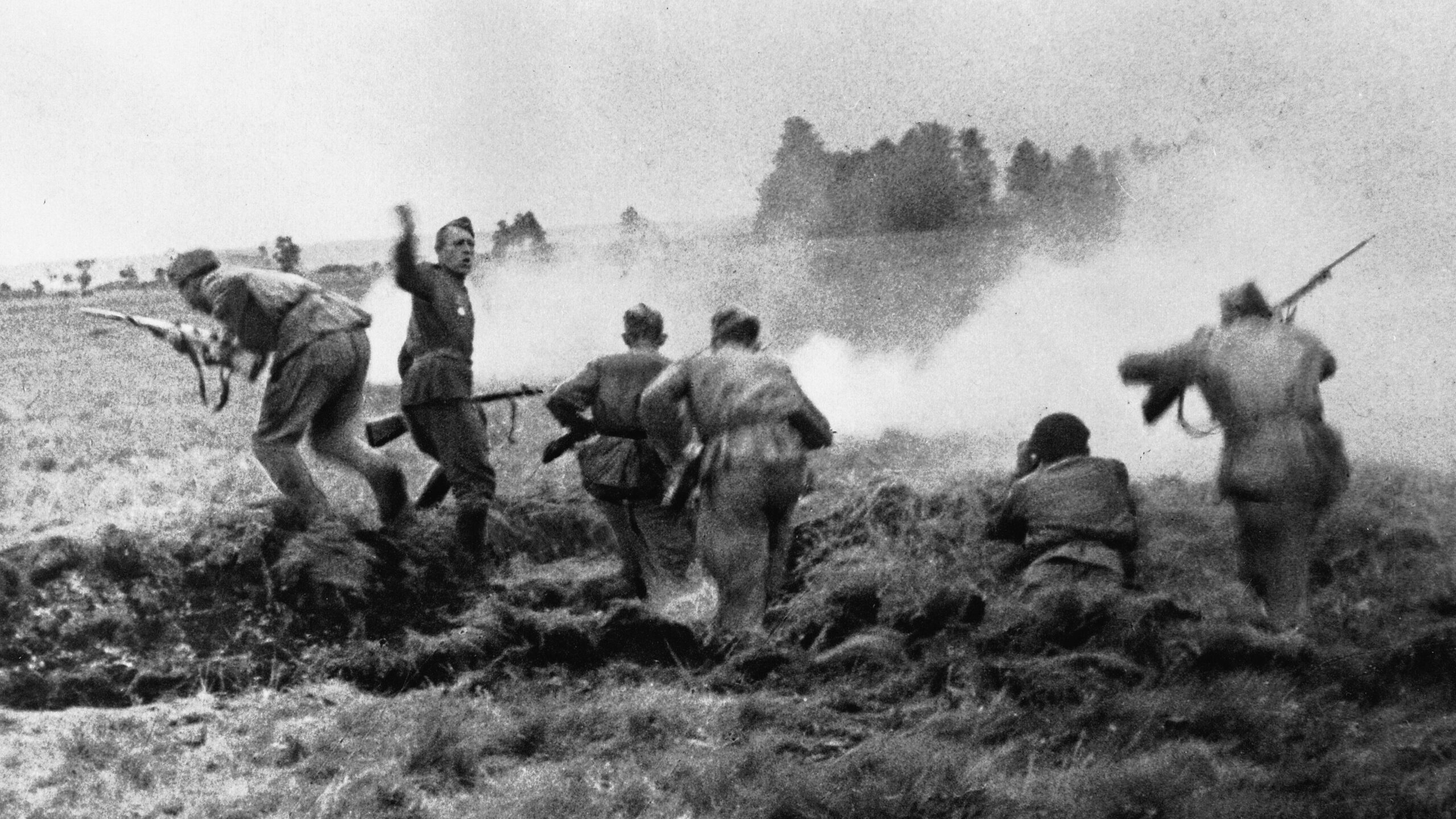
Join The Conversation
Comments
View All Comments